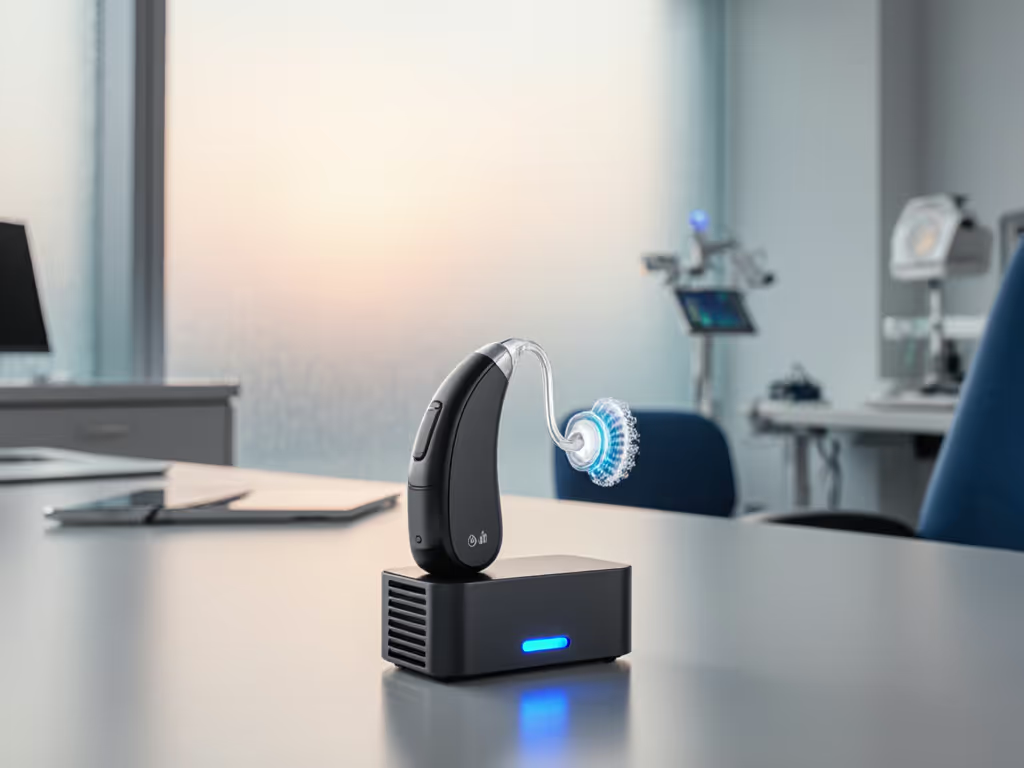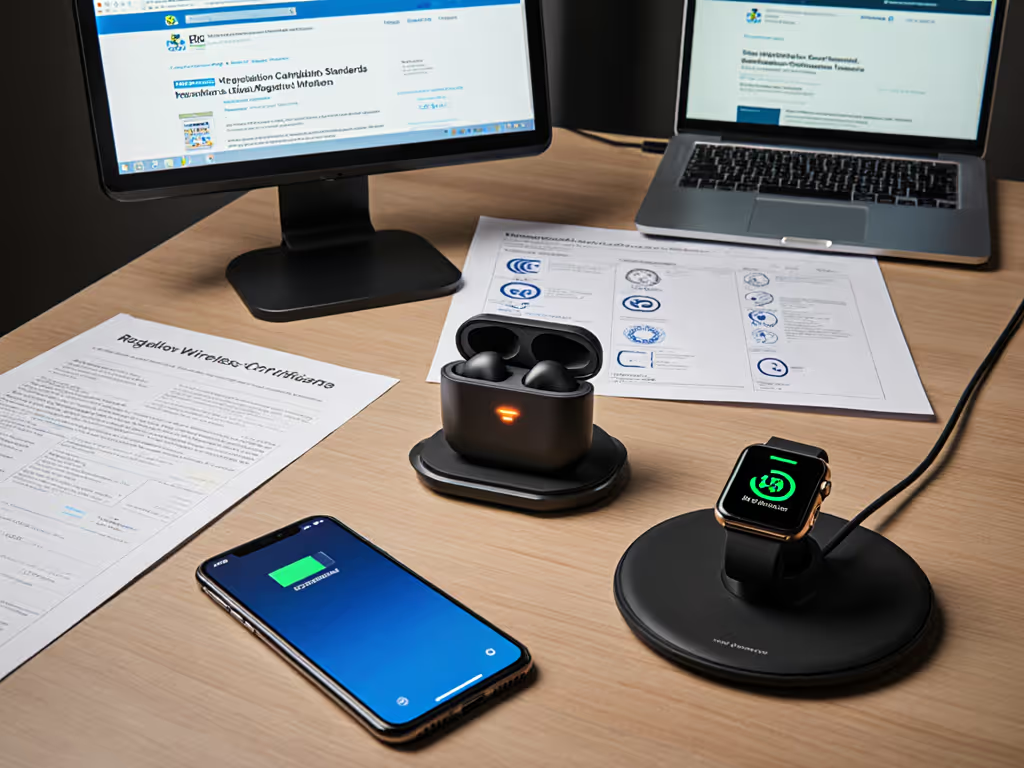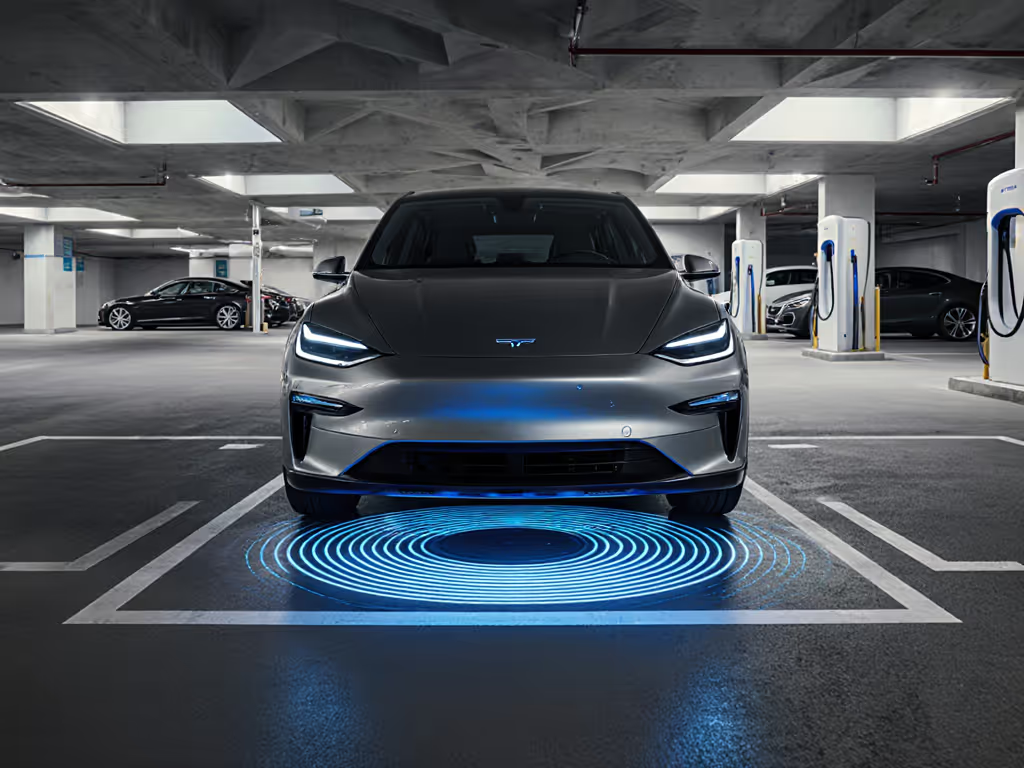
Wireless Charging Regulations Simplified: Global Standards Decoded

Ever feel like you're navigating a maze every time you plug in your devices? You're not alone. As international wireless charging regulations evolve and global wireless charging standards multiply, even tech-savvy users find themselves staring at incompatible chargers and wondering which wireless charger will actually work with their travel adapter. The good news is you don't need to become a regulatory expert to create a clean, guest-friendly charging ecosystem in your home or office. In fact, I've discovered that clarity and placement matter far more than memorizing technical specifications (something I learned the hard way when my parents visited and hesitated to charge their phones for fear of "breaking" our setup).
The Problem: Regulatory Whiplash Creating Charging Chaos
Most of us just want to grab a device, place it somewhere obvious, and know it'll charge reliably. But today's landscape is fragmented. The EU's Common Charging Directive, which initially mandated USB-C for wired connections, is now expanding its gaze toward wireless solutions. Meanwhile, regional charging standards vary wildly depending on whether you're in Europe, North America, or Asia.
For tech-forward professionals like you, this fragmentation creates real pain. That perfectly curated nightstand becomes cluttered with multiple chargers because one works for your iPhone but not your partner's Android. Your travel kit swells with unnecessary adapters because you're never sure which wireless charger will comply with local regulations. For outlet-agnostic power on the road, our Best Travel Power Banks 2025 picks include airplane-friendly wireless options. The anxiety isn't about the technology itself. It's about the invisible rules governing what works where.
The Agitation: Why Your Current Setup is Working Against You
Think about your last travel experience. Did you waste precious morning minutes hunting for the right charger? Did your hotel room's nightstand become a nest of cables because the single USB port couldn't handle your phone, watch, and earbuds? This isn't just inconvenience. It's daily friction that slowly erodes your sense of control in spaces you should feel comfortable in.
The regulatory landscape isn't helping. While the FCC certification process in the US focuses on electromagnetic interference, Europe's CE marking requirements for wireless devices emphasize different safety parameters. What works in London might violate standards in Los Angeles. Many consumers unknowingly purchase uncertified chargers that lack proper foreign object detection (FOD), potentially creating safety hazards. To separate fact from fear, see our wireless charging safety myths debunked with evidence. And when manufacturers rush products to market before standards stabilize (like with Qi2 accessories), you're left with gear that might become obsolete before its time.
Calm spaces emerge when power has predictable, obvious homes.
For time-poor professionals, this isn't just about broken chargers. It's about broken trust in your environment. Every fumbling interaction with a confusing charger chips away at that calm, intentional space you've worked so hard to create.
The Solution: Designing Around Standards, Not For Them
Here's what I've learned after designing room-by-room charging flows for hundreds of homes and hospitality settings: You don't need to understand every regulatory detail. You need strategic placement guided by three simple principles.
Principle 1: Create Charging Zones with Clear Intent
Designate specific areas for charging with visual cues that communicate purpose. In the bedroom, make your nightstand a single-zone charging station. Instead of multiple pads, use a multi-device solution where each compartment clearly indicates its purpose. Label your wireless charger pads with discreet tags like "Phone Here" or "Earbuds Charging" (simple but effective). When guests know exactly where to place their devices, they feel confident rather than anxious.
Make the dock obvious. This isn't just advice. It's the foundation of guest-friendly charging.
Principle 2: Future-Proof with Flexible Power Budgets
Instead of chasing specific certifications, focus on adaptable power delivery. Allocate your "power budget" by room based on your actual needs:
- Entryway: 30W total (phone + earbuds)
- Bedroom: 45W total (phone + watch + earbuds)
- Workspace: 65W+ (laptop + phone + accessories)
This approach ensures you have enough power headroom regardless of which regional charging standards evolve. If your desk setup includes a notebook, check our best laptop wireless chargers for 30–65W options with tested heat control. When I designed a charging flow for a tech-forward family with both Android and iPhone users, we implemented a single multi-device station with clearly labeled zones. The husband's Pixel and wife's iPhone both charged reliably, not because we mastered every FCC certification nuance, but because the placement was intuitive and the power delivery matched their room's needs.
Principle 3: Choose Certifications, Not Just Specs
When purchasing, look for chargers with legitimate CE marking wireless compliance for Europe or proper FCC certification for North America. These certifications indicate the product has passed rigorous safety testing, not just that it can deliver a certain wattage on paper. The Satechi Qi2 Trio Wireless Charging Pad exemplifies this approach with proper certifications across regions, allowing it to work seamlessly whether you're in California or Copenhagen.

Satechi Qi2 Trio Wireless Charging Pad
Building Your Regulatory-Proof Charging Ecosystem
Your goal isn't to memorize every global wireless charging standard. It's to create a system that works regardless of which standards evolve. Focus on:
- Visual consistency: Use matching materials for all charging accessories in a room
- Clear pathways: Route cables through existing furniture channels rather than across surfaces
- Guest-ready placement: Position pads where anyone could dock a device without instruction
- Quiet operation: Prioritize fanless designs for bedroom use
When international wireless charging regulations inevitably change, your system will adapt because it's built on intentionality rather than technical specifics. Remember that Qi2 is gaining traction globally as the next evolution beyond standard Qi wireless charging, but your setup shouldn't hinge on any single standard. For a deeper dive into protocols and interoperability, start with our Qi vs AirFuel standards comparison. It should accommodate evolution.
Moving Forward with Confidence
Understanding wireless charging regulations matters, but obsessing over every detail paralyzes more than it helps. The professionals I work with find the most success when they stop trying to outsmart the regulations and start designing human-centered charging flows.
Your next step isn't to research every regional standard. It is to walk through your home and identify just one charging pain point. Is it your nightstand? Your workspace? Your car? Choose one location and implement the zone principle: make the dock obvious, match the power to the room's needs, and use certified gear that works within existing frameworks.
For those ready to dive deeper, I've created a quick-reference guide showing exactly how to allocate power budgets across rooms while staying compliant with major international wireless charging regulations. It includes a visual checklist for verifying legitimate certifications versus marketing hype. Download the Room-by-Room Charging Compliance Guide to transform regulatory confusion into calm, intentional charging spaces.
Related Articles




Medical Wireless Charging Safety for Implantable Devices
Evidence-based guidance for making wireless charging safe for implants: control heat, avoid electromagnetic interference, and ensure stable alignment with validated transfer methods and materials. Includes practical protocols, key standards, and a step-by-step validation plan for patients and hospitals.

